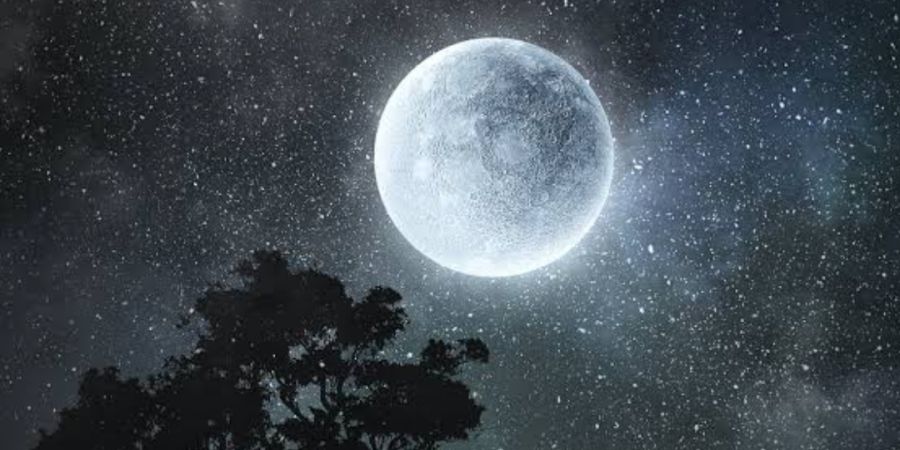

The moon's surface not only has mountains, it also have rocks. Scientists found out that these moon rocks are similar to the igneous rocks on the earth. They too are formed when molten lava solidifies after cooking down. But, their chemical make up is different from that of the rocks found on earth
Moon rocks do not contain any traces of water. Much of the moon's surface is covered by tiny pieces of rocks, and dust. This is known as lunar soil.
It will take billions of years to form lunar soil. It is formed when large and small pieces of rocks rain on the surface of the moon. Unlike the earth, there is less iron on lunar soil.
You might have observed the sudden flash of a bright moving object in the night sky. These bright trails are left by pieces of rocks in outer space, know as meteor. Millions of meteors speed towards our earth every day, but they burn up due to the friction caused by earth's atmosphere.
The moon does not have an atmosphere to blanket itself. Therefore, there is no friction that would burn the pieces of rock approaching the moon at great speeds. As a result, they crash on the surface of the moon, forming lunar soil.
We know that the moon does not have a protective layer to atmosphere around it. Likewise,there is no wind, rain or clouds on the moon. There is only vacuum, and sound cannot travel through vacuum. Therefore, unaided communication is not possible on the moon. This problem can be solved with the help of a radio.
The helmet that astronauts wear are equipped with a device that would convert the sound waves to radio waves. Radio waves are electromagnetic in nature and can travel through vacuum. These radio waves are in turn transmitted to the ground or to their fellow astronauts.
The moon's surface is covered with flat, circular sunken areas known as craters. Some craters like claims are so big that they can be seen even without the help of a telescope. Claims is 235 kilometers wide and is surrounded by huge mountain. Some craters however, are very small in diameter.
The arrangement of mountains around a large crater is peculiar;


